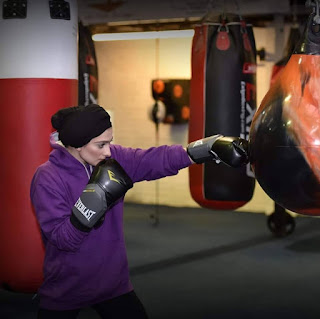Fitting Your Client
Appropriately “fitting” the client with an assistive device reduces the risk of injury as well as strain on unwanted parts of the body.
 |
| Retrieved from: https://www.pinterest.com/pin/336221928414706425/ |
In order to fit my client with a cane, I would adjust the cane to the correct height of my client by using the greater trochanter as a landmark. The client should be standing up and looking straight ahead to ensure proper height. If my client needed to use axillary crutches, the client should also be standing, and the arm pad should be 1-1.5 inches below the axilla, I will then adjust the height of the crutches as needed. The handgrips of the crutches should be in line with the wrist crease. Loftstrand crutches should be adjusted by positioning the armband 2/3 of the way up the forearm. The hand grips should also be facing forward, toward the ambulation.
To fit the client with a rolling walker, I would position the walker in front of him/her and make note of where the handgrips of the walker are positioned. The handgrips should be in line with the wrist crease when the hands are resting at the sides. After appropriate adjustments of the legs of the walker, the client should be able to walk using the walker while elbows flexed to approximately 20-30 degrees. To fit the client with a platform walker, the forearms should be positioned inside the platforms to allow for weight bearing through them. The elbows should be at a 90 angle and the scapula’s relaxed while the client is standing up straight. The proximal ulna should be positioned in a way that decreases the likelihood of nerve compression, about 2-3 inches off the platform. Lastly, the handgrips of the platform walker should be positioned to the specific grip of the client, this can look like a slight tilt towards the midline for most.
Until next time,
Sam the Student


You post the best pictures with your blog entries! You have trained me to look forward to your posts!! :-)
ReplyDelete